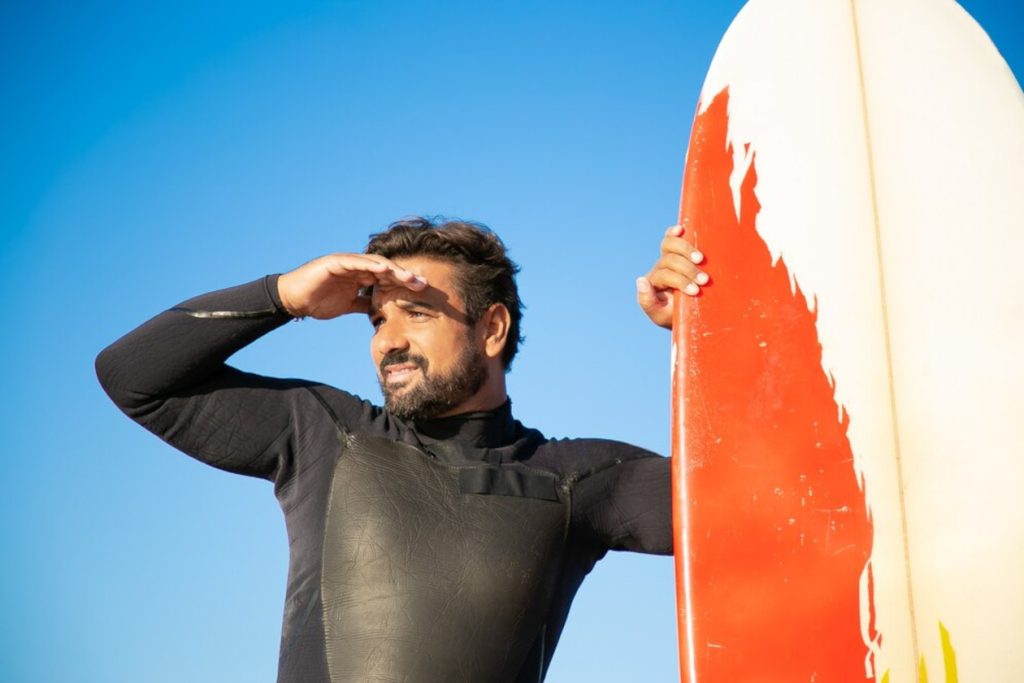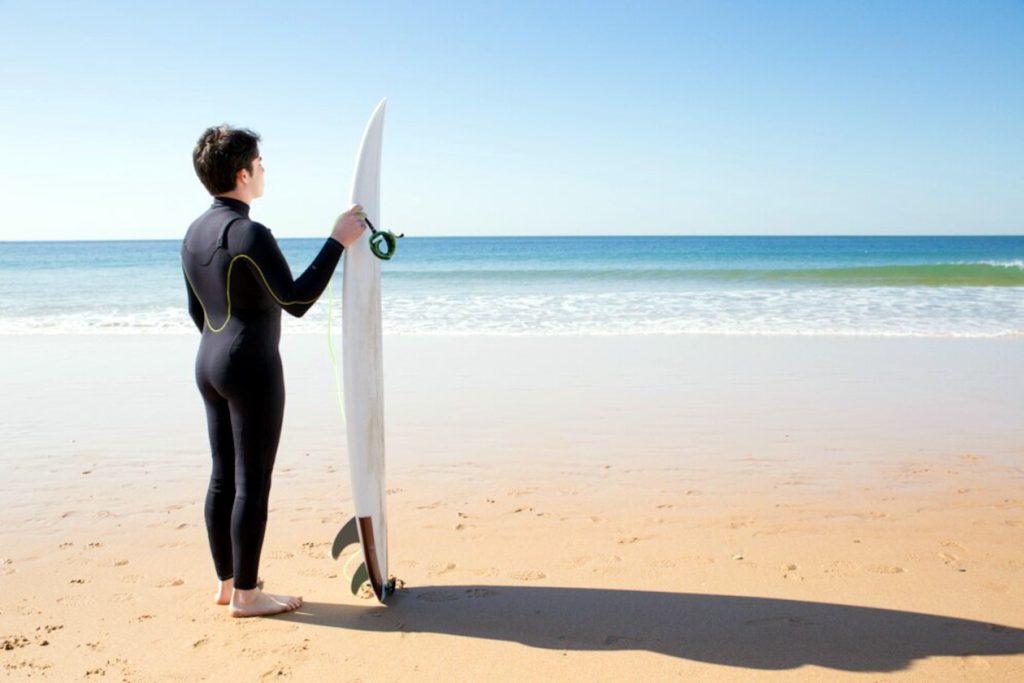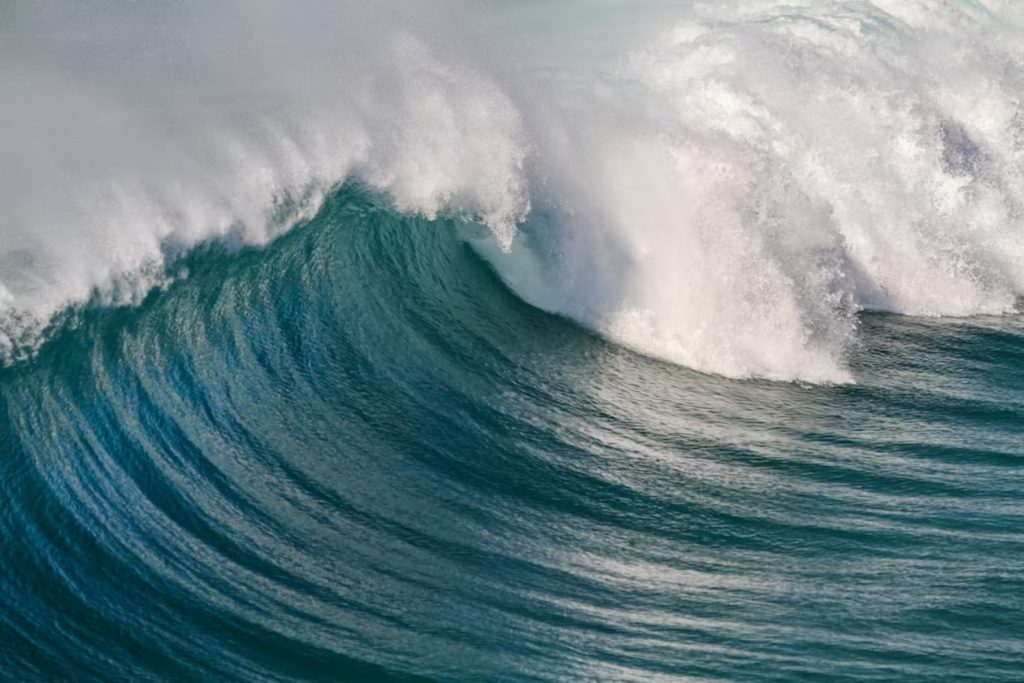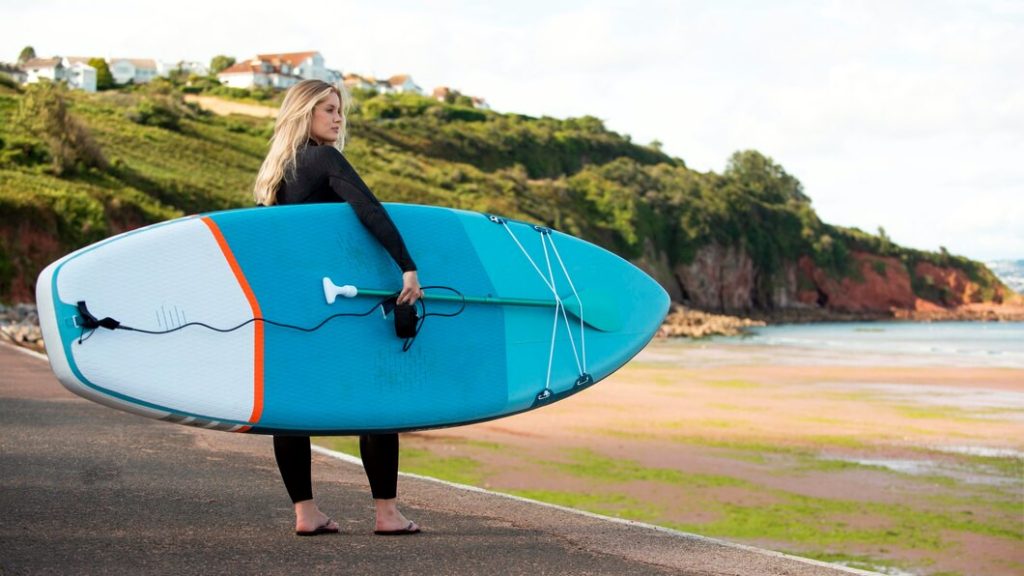Surfing embodies a captivating symbiosis. One between human and nature, where the surfer becomes one with the rhythmic pulse of the ocean. Central to this harmonious relationship is the art of reading waves. As kill honed through observation, experience, and an intimate understanding of the ever-changing dynamics of the sea.

In this comprehensive guide, we delve deep into the world of wave reading, exploring its intricacies and empowering surfers of all levels to harness the power of the waves.
The Significance of Wave Literacy in Surfing
Beyond mastering the physical techniques of paddling and popping up, the ability to read waves lies at the core of surfing proficiency. It is the difference between gliding effortlessly along the face of a wave and being engulfed by its relentless power.
From choosing the optimal lineup position to executing precision turns, wave reading underpins every aspect of the surfing experience, elevating it from a mere sport to an art form.
Unlocking the Advantages of Wave Awareness

The benefits of wave literacy extend far beyond the realm of competitive surfing. Whether you’re a casual weekend warrior or a dedicated enthusiast, understanding wave behavior provides a distinct competitive edge.
By deciphering the subtle cues of the ocean, surfers can anticipate wave breaks with precision, positioning themselves for maximum enjoyment and minimal risk. Moreover, a deeper appreciation of wave dynamics fosters a profound connection to the natural world, enriching the surfing experience on a spiritual level.
Insights from Surfing Sages: Wisdom from the Water

Embedded within the surfing community are countless tales of seasoned surfers whose intimate knowledge of waves borders on the supernatural. These surfing sages possess an innate ability to interpret the subtle nuances of swell direction, wave shape, and ocean currents. Enabling them to navigate even the most challenging breaks with grace and poise.
By observing and emulating their techniques, aspiring surfers can accelerate their learning curve. And also gain invaluable insights into the mysteries of the sea.
The Fundamentals of Wave Reading: A Primer for Beginners

So how to read waves? For novice surfers eager to unlock the secrets of the waves, a solid understanding of the fundamentals is essential. Wave reading begins long before you paddle out, with a keen eye on the horizon and an awareness of incoming swell patterns.
By observing the shape, size, and direction of waves from the shore, surfers can make informed decisions about it. When and where to enter the lineup. Once in the water, attention shifts to identifying surfable waves while avoiding the dreaded closeouts that spell certain wipeout.
Navigating Split Peaks and Closeouts: Strategies for Success

As surfers progress in their wave reading journey, they encounter two common scenarios: split peaks and closeouts. Split peaks, characterized by a symmetrical wave shape with distinct left and right shoulders. It offers a tantalizing choice between multiple rideable lines.
By positioning themselves strategically at the peak of the wave, surfers can carve their chosen path with precision and finesse. Conversely, closeout waves present a formidable challenge, with their uniform shape and lack of discernible shoulders signaling an imminent collapse.
When faced with a closeout, experienced surfers opt for a strategic retreat. Paddling back to the safety of the lineup to await the next set.
Conclusion: Embracing the Ever-Evolving Canvas of the Sea
In the timeless dance between surfer and wave, to read waves
emerges as the silent orchestrator. Guiding every movement with the wisdom of the sea.
By honing this essential skill, surfers unlock a world of infinite possibilities. Where each wave becomes a blank canvas upon which to express their surfing prowess.
So, immerse yourself in the ebb and flow of the ocean. Embrace the challenges and triumphs that await, and embark on a journey of discovery that transcends mere sport. A journey that celebrates the boundless beauty and power of the sea.
